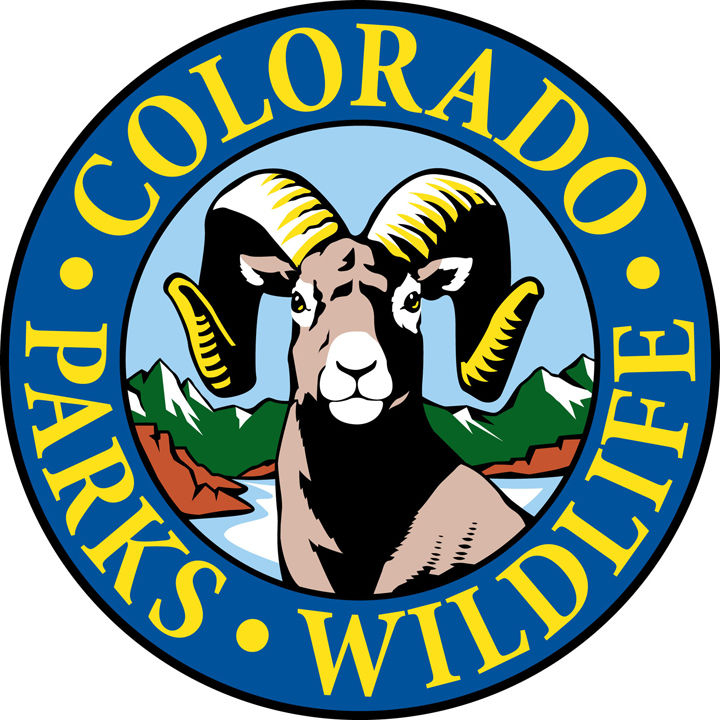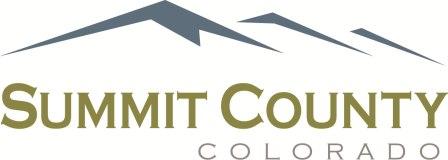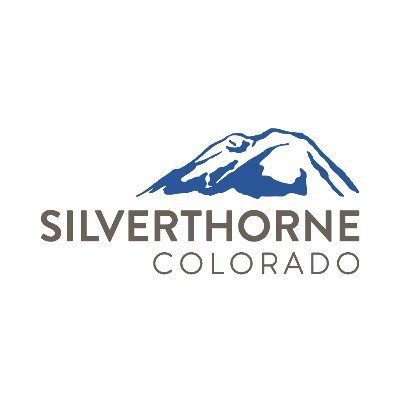Living in Community: Life in the Lower Blue River Valley

The first humans in the Lower Blue River Valley were the Ute Indians. They were residents for over 10,000 years, all the while endeavoring to live in harmony with nature and with each other.
In the 1880’s, settlers and miners encroached on the Ute territories, including the Lower Blue River Valley. This led to conflicts between the Utes and the intruders on their ancestral homeland. Their long-standing tenure finally came to an end in 1881. The Ute Indians were forced, by decree, onto smaller reservations in Colorado and larger ones in Utah. The move was enforced by a federal government pressured by agricultural, mining and commercial interests.
Although the Federal Homestead Act was passed in May of 1862, the first homesteads for the valley were not granted until 1882. Realizing the potential for ranching and farming, settlers from Illinois, Kansas and Arkansas, sought the 160 acres provided by the Act. Miners also wanted out of the mines seeking the land of opportunity in the Lower Blue.
These settlers, through hard work and sacrifice carved out their place in the Lower Blue River Valley. Ranches and farms were developed, and cattle and crops raised. These newcomers to the beautiful Lower Blue River Valley survived and flourished by selling their products to the Summit County and Denver markets. Yet their individualism and dedication to hard work did not sate their need for community. A few individual settlers recognized this need. They organized and made plans. One rancher donated a parcel of land. Others met with representatives of FDR’s New Deal to negotiate a contract for the Works Progress Administration (WPA)to build a community hall near Slate Creek. That was 1936.
With this new structure, aptly named Slate Creek Hall, individual landowners had a place to congregate. They could more conveniently gather to meet their neighbors, share concerns, plan ways to address them, and celebrate and benefit from their new sense of community. Dances were held into the wee hours of the morning. Weddings were performed. Informal meetings were organized to share learned experiences from confronting the untamed earth and the surrounding wilderness.
In the 1920s, newcomers to the valley began to arrive, buying out fledging ranches, some small, some large. They either continued the ranch business or sold small real estate holdings to individuals and families wanting the lifestyle the Lower Blue Valley offered.
In 2014, Slate Creek Hall came back to life when purchased by the FRIENDS OF THE LOWER BLUE RIVER. In the ensuing years, the hall has been remodeled inside and out. It now stands safely and attractively awaiting neighbors and friends to gather. Like our predecessors, we can become more acquainted and celebrate our good fortune to live in such a beautiful area. More importantly, we can learn from each other to be supportive and good neighbors. We can also be responsible stewards of the land to preserve our environment for future generations.
Sam Kirk
President
Friends of the Lower Blue River















